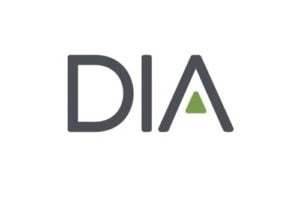Writing in the August edition of DIA’s Global Forum, Sanofi R&D’s Thomas Kühler outlines the bumpy journey towards the full adoption of Health Technology Assessment (HTA) across Europe.
More than three years ago, in January 2018, the European Commission published a draft Regulation on Health Technology Assessment for the EU. The intention was to secure timely patient access to novel therapies, to avoid duplicative assessment work at the Member State level, and to provide a predictable and consistent process for the benefit of all stakeholders.
As background, Member States had not adopted an aligned approach but instead applied their own respective procedural measures and scientific standards when conducting Health Technology Assessments (HTAs). This meant duplicative and repetitive work across the EU network and hence higher costs for both companies and society at large. More importantly, it also delayed patient access to novel therapies. It was not a positive benchmark in terms of proper stewardship of available resources.
Accordingly, the European Commission aimed to reinvent EU-wide HTA cooperation, with a particular focus on mandatory joint clinical assessments. The intent was for the network to streamline the process and share resources, and to arrive at one consensus view on assessments, which then would be binding across the EU. While there would be no obligation for a Member State to conduct its own HTA on a product that has undergone a joint clinical assessment, it would now be mandatory to use the joint clinical assessment if the Member State in question would choose to conduct one — thereby effectively preventing Member States from introducing additional national requirements which had long been plaguing the system and resulted in delayed patient access to medicines.



